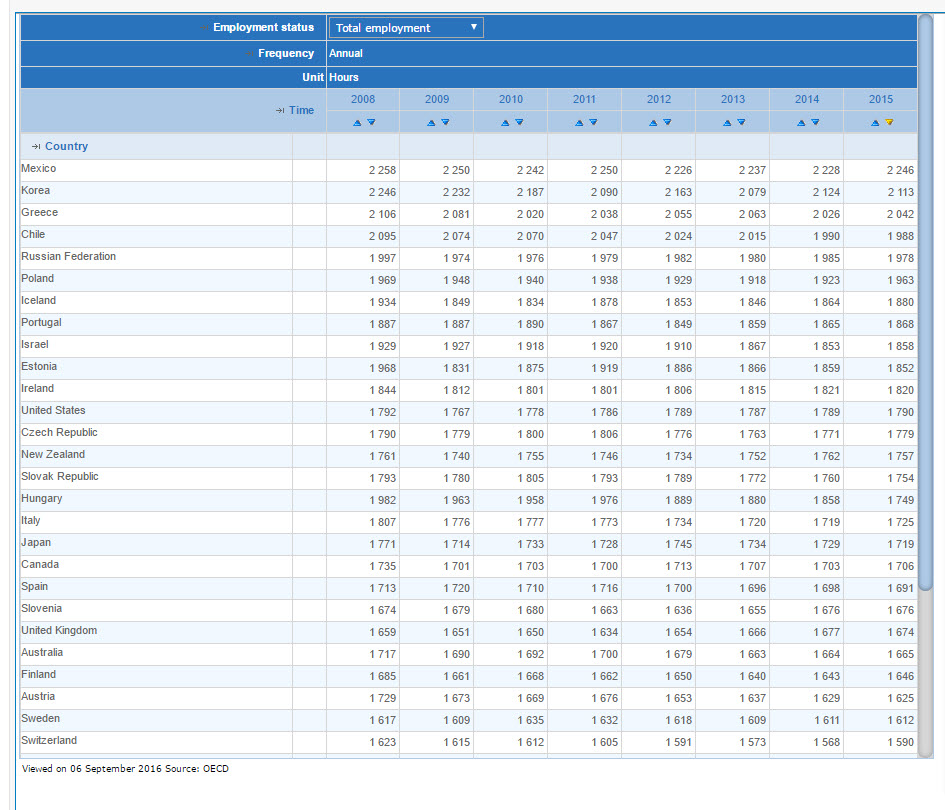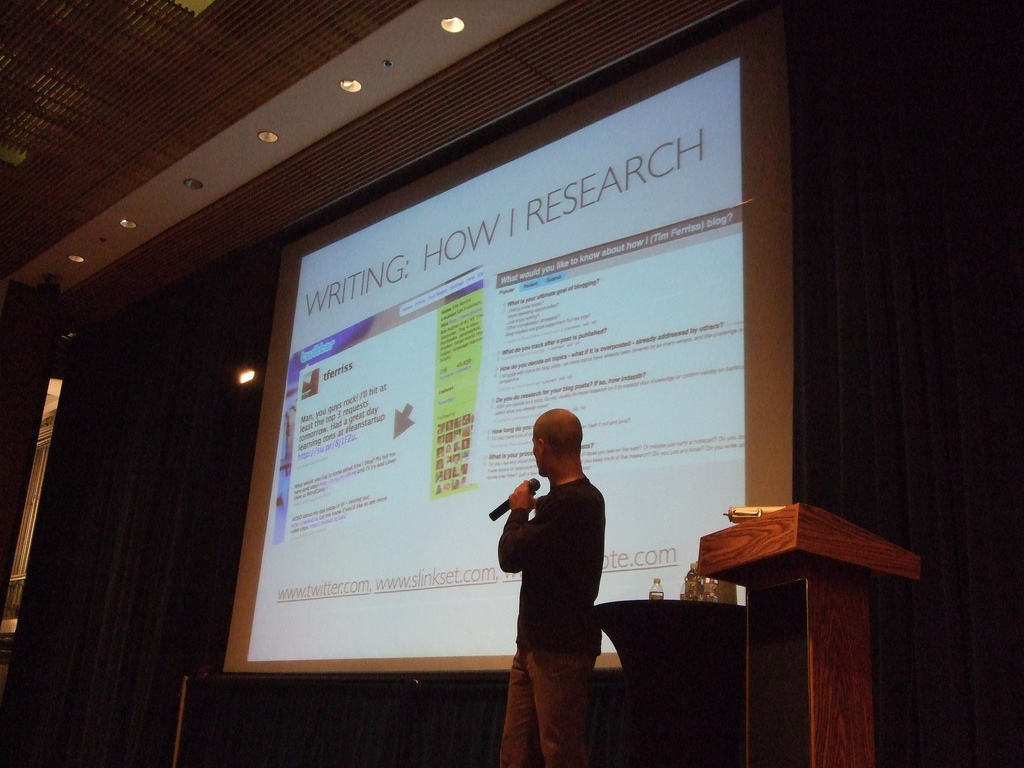While companies like SpaceX deal with huge technological challenges that require their engineers to work long hours, a growing segment of the world’s working population is becoming part of the “gig” or “freelance” economy with no need for set hours or locations. And with the huge wave of robots coming to factories and businesses every day, ways of doing business are due for a change.
Time Management on Steroids
The 4-Hour Workweek has been called a myth and even a scam but for scores of workers overwhelmed by long hours and low satisfaction, the book, and its concepts, can act as an “outside the box” view that can help one see the forest for the trees.
Thinking Outside the 9-5 Box
We expect that the vast majority of humans on the planet would exchange their 40+ hour work weeks for just 4 hours if they could make more money doing so. Many, feeling that work is meaningless and that their personal lives are in shambles, would likely be willing to take significant pay cuts to have more free time.
Principles Behind the 4-Hour Workweek
The 4-Hour Workweek self-help book by Timothy Ferriss comes directly out of US culture as Americans work some of the longest hours on the planet (see chart below).
Following is the Average Annual Hours Actually Worked provided by the OECD, which shows that US workers rank 12th in the number of hours actually worked.

4-Hour Workweek (Image Courtesy: OECD (2016), “Hours Worked: Average annual hours actually worked”, OECD Employment and Labour Market Statistics (database).
DOI: http://dx.doi.org/10.1787/data-00303-en
(Accessed on 06 September 2016)
The following video is an animated explanation of the 4-Hour Workweek:
The following terms and concepts related to a 4-Hour Workweek have been covered by IndustryTap or will be covered in future articles:
- WORK WEEK
- HOURS A WEEK
- FOUR HOURS
- PER WEEK
- HOUR WORKWEEKS
- HARD WORK
- 40 HOURS
- WORKING REMOTELY
- WORK LESS
- PERSONAL LIFE
- PER HOUR
- FOUR-HOUR WORK
- EACH WEEK
- WON’T WORK
- WEEKS AGO
- MEANINGLESS WORK







